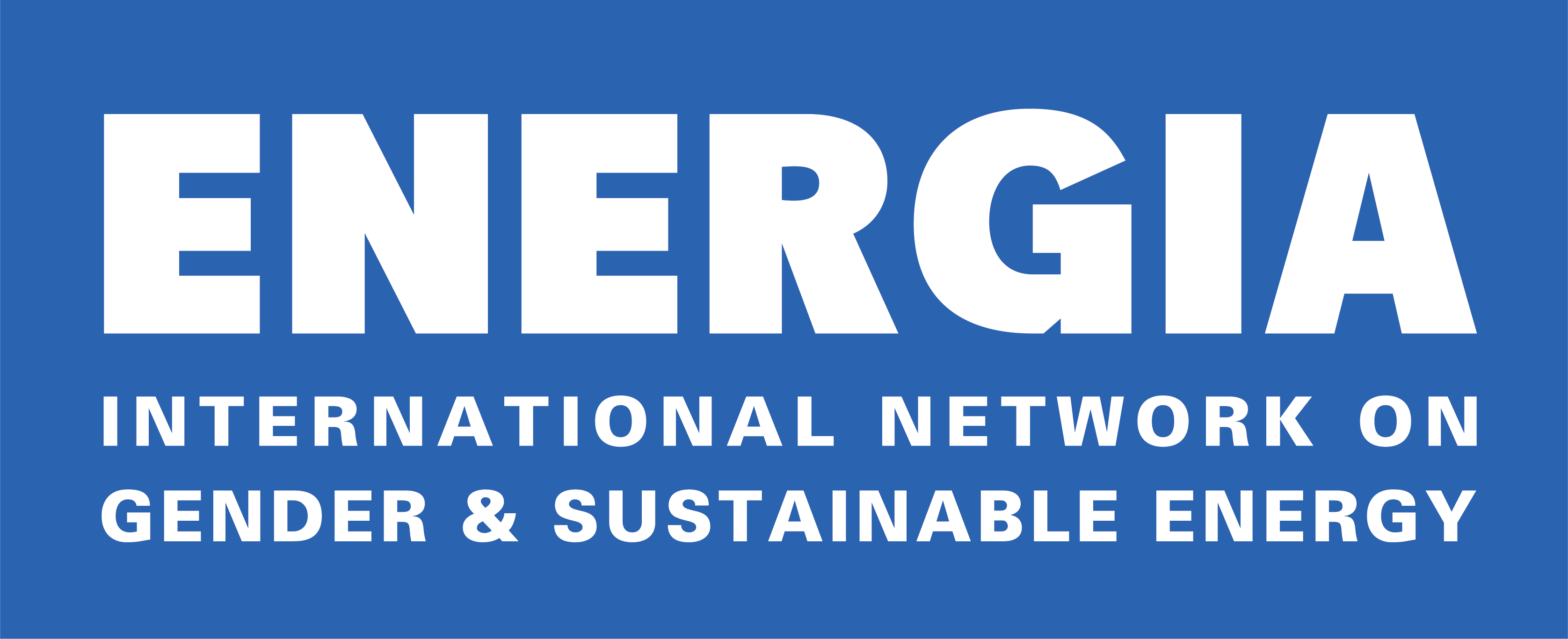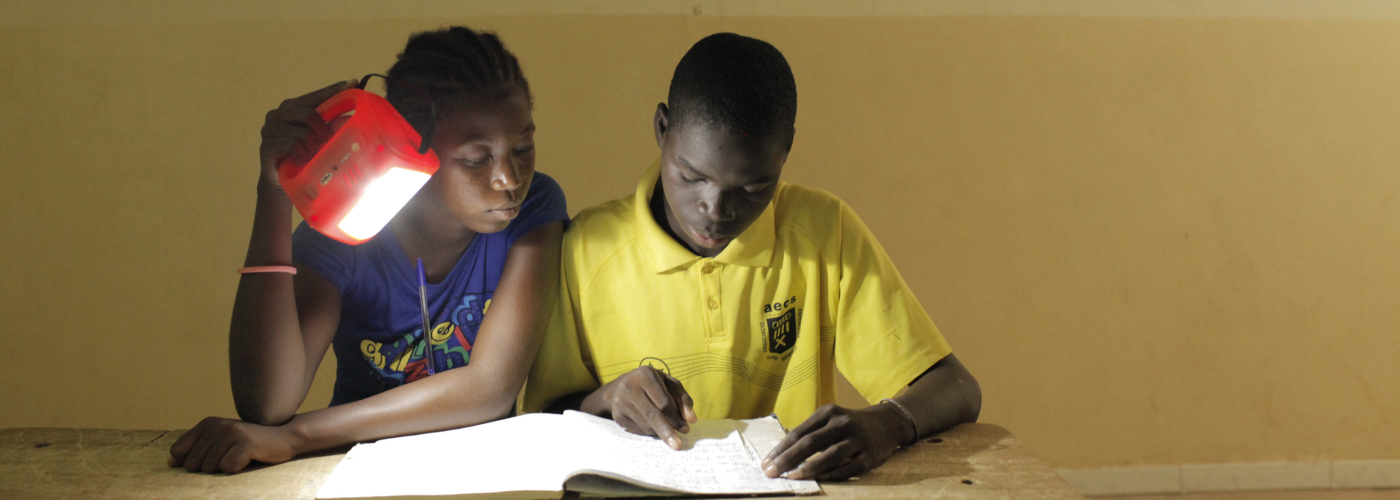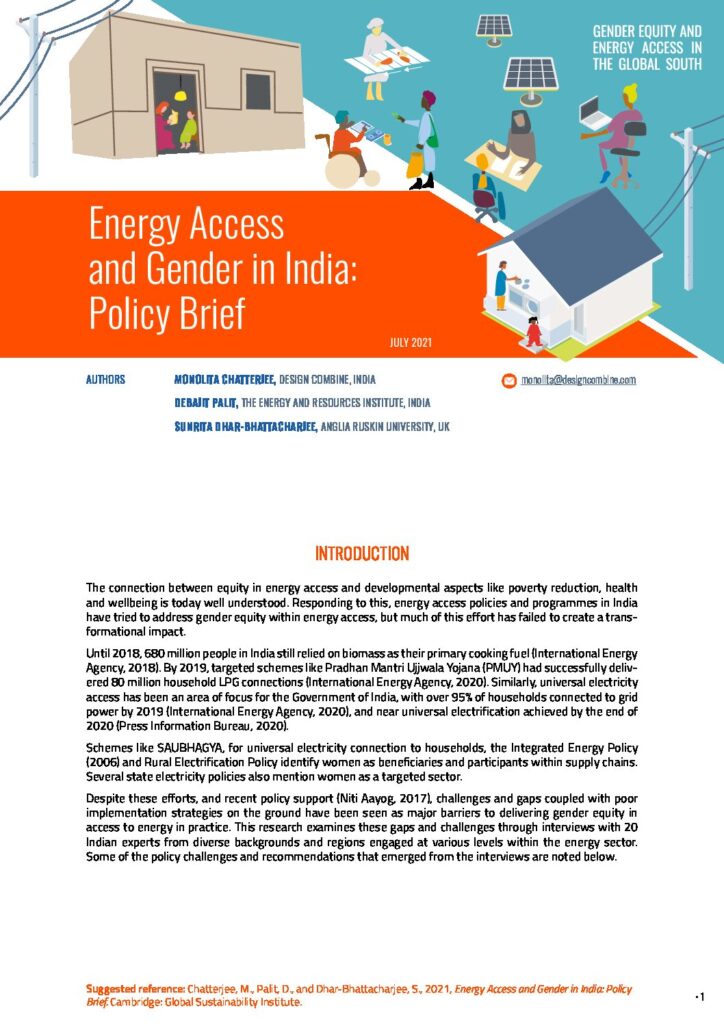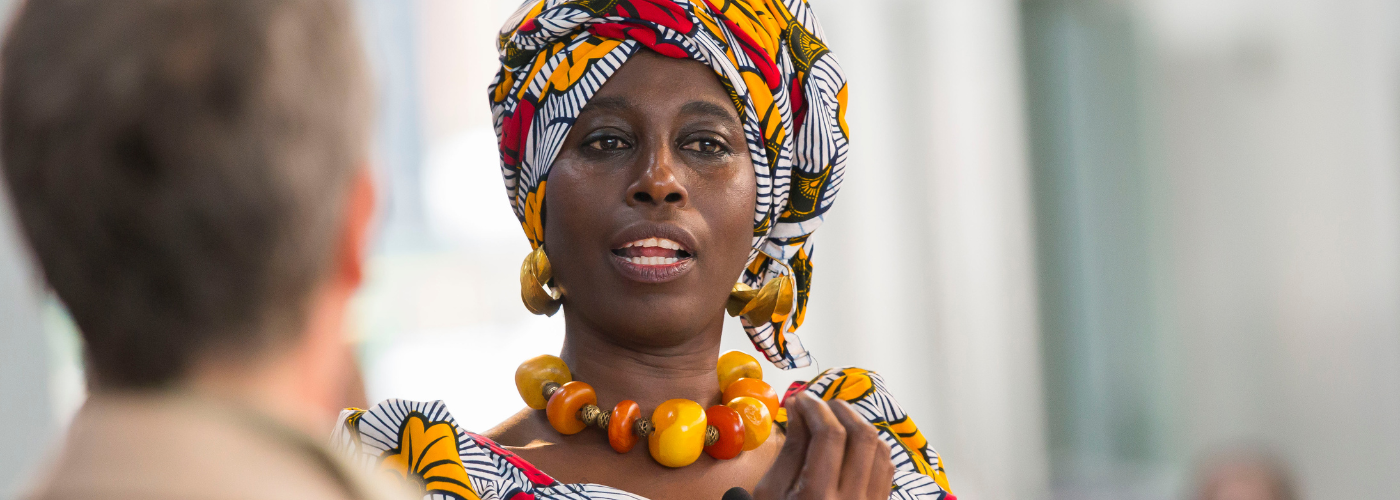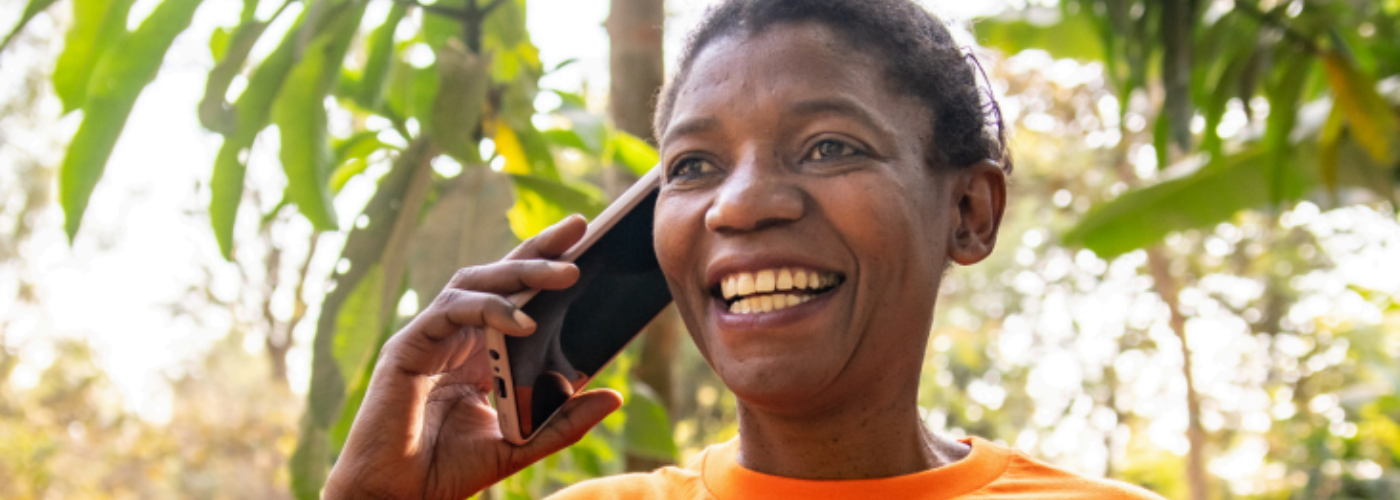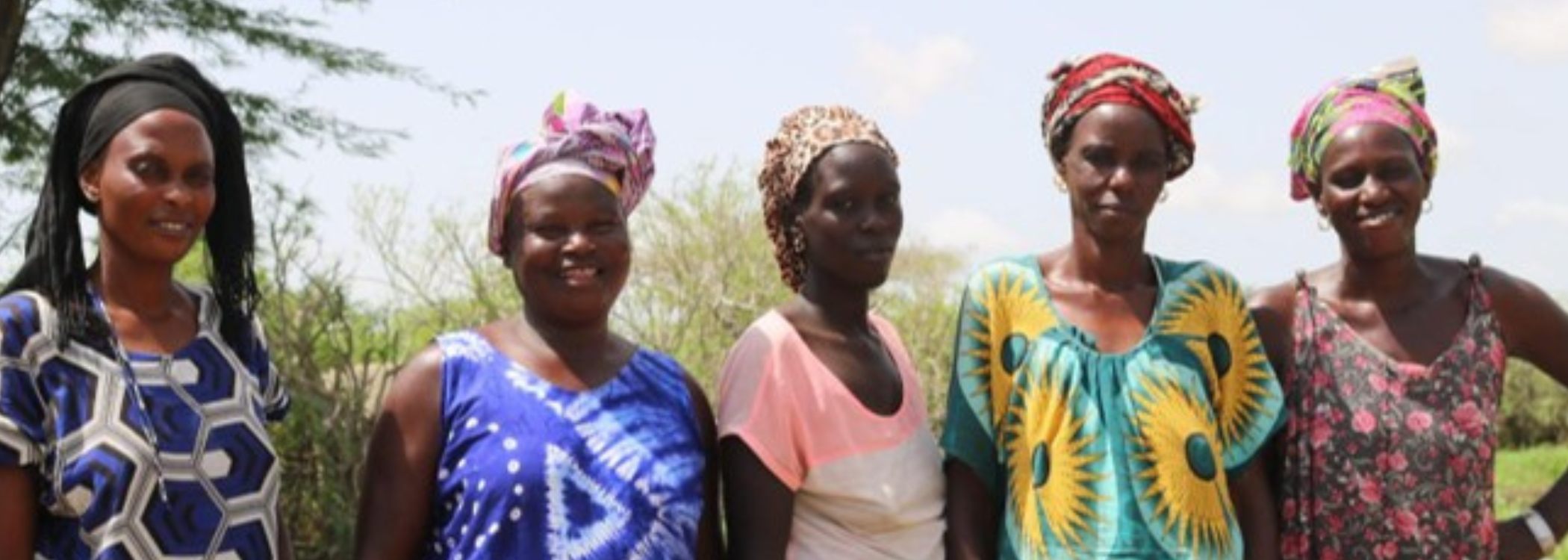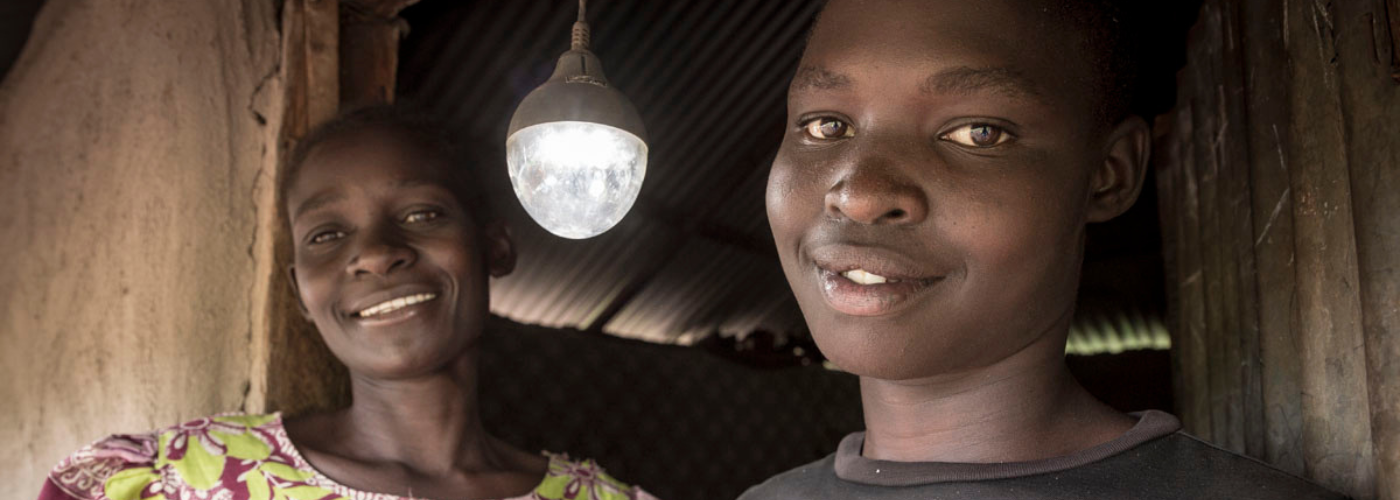The connection between equity in energy access and developmental aspects like poverty reduction, health and wellbeing is today well understood. Responding to this, energy access policies and programmes in India have tried to address gender equity within energy access, but much of this effort has failed to create a transformational impact.
Until 2018, 680 million people in India still relied on biomass as their primary cooking fuel (International Energy Agency, 2018). By 2019, targeted schemes like Pradhan Mantri Ujjwala Yojana (PMUY) had successfully delivered 80 million household LPG connections (International Energy Agency, 2020). Similarly, universal electricity access has been an area of focus for the Government of India, with over 95% of households connected to grid power by 2019 (International Energy Agency, 2020), and near universal electrification achieved by the end of 2020 (Press Information Bureau, 2020).
Schemes like SAUBHAGYA, for universal electricity connection to households, the Integrated Energy Policy (2006) and Rural Electrification Policy identify women as beneficiaries and participants within supply chains. Several state electricity policies also mention women as a targeted sector.
Despite these efforts, and recent policy support (Niti Aayog, 2017), challenges and gaps coupled with poor implementation strategies on the ground have been seen as major barriers to delivering gender equity in access to energy in practice. This research examines these gaps and challenges through interviews with 20 Indian experts from diverse backgrounds and regions engaged at various levels within the energy sector. Some of the policy challenges and recommendations that emerged from the interviews are noted below.
